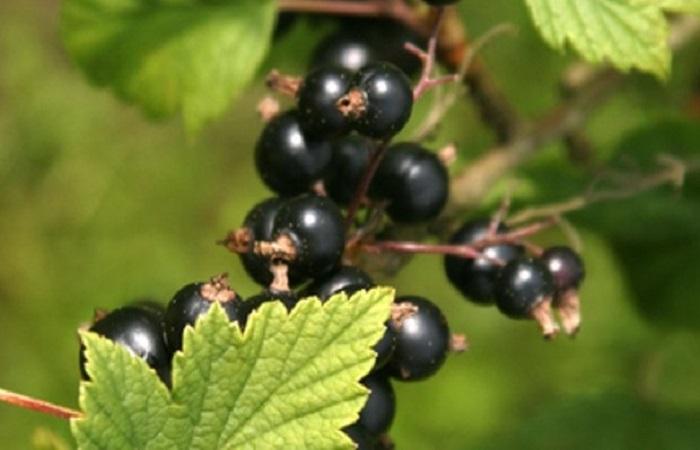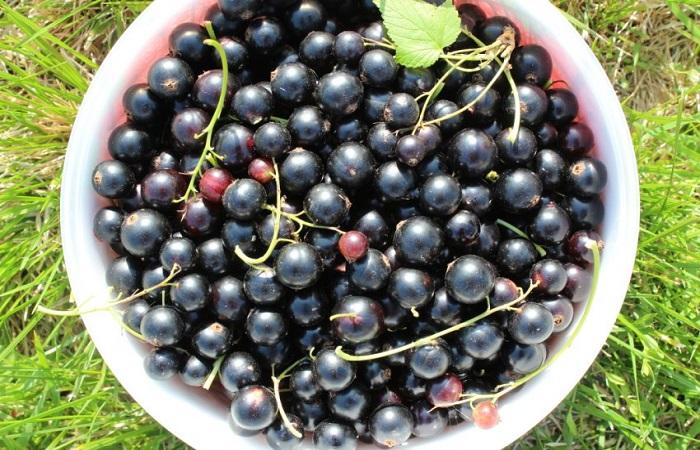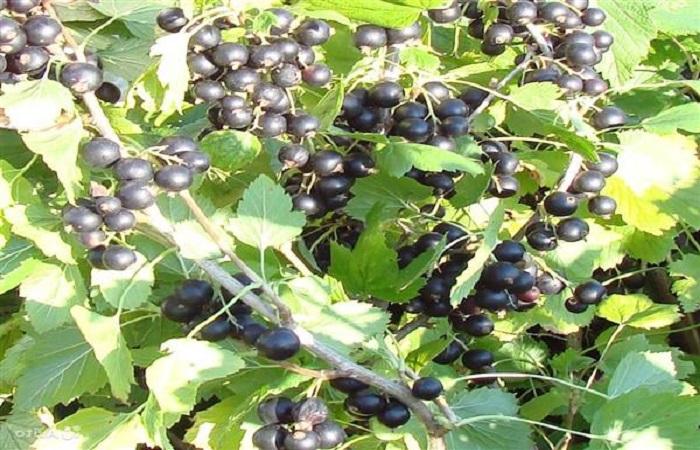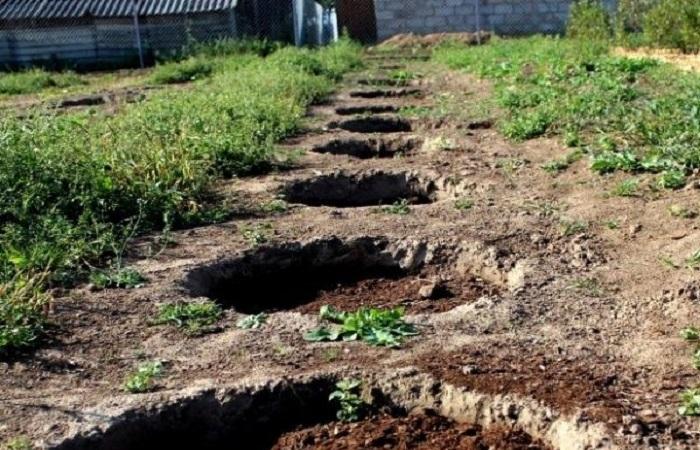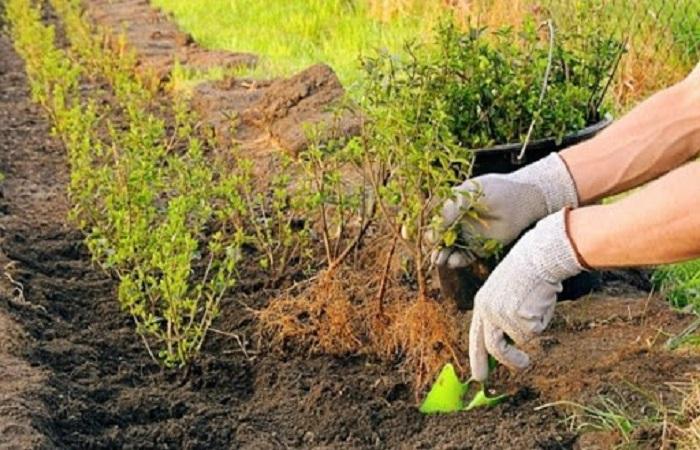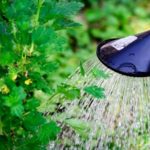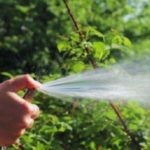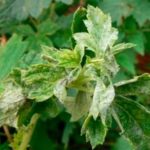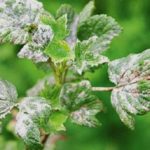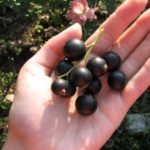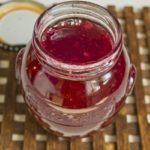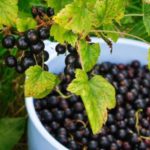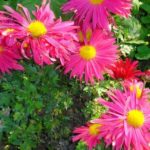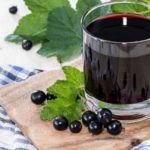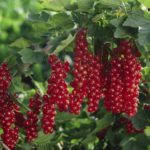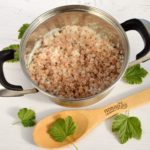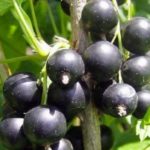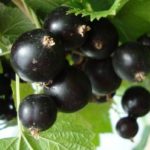Rusalka is a variety of black currant that belongs to the mid-early varieties of berry garden crops. The variety was bred by breeder V.S. Ilyin from two other types of currants - Blueberry and Bredthorpe. It is characterized by good productivity, strong immunity, and high quality fruits. The culture is recommended by many gardeners, but before you decide to buy, it would be a good idea to read the description of the popular currant variety Rusalka.
Description and characteristics of the Rusalka variety
The variety is high-yielding, its average yield is 6 tons per 1 hectare. Consequently, from 1 bush you can collect about 3.5 kilograms of berries. The maximum yield in especially fertile years reaches 120 tons per 1 hectare.
Rusalka is considered a self-fertile currant variety, so it is not too demanding on care or the environment. The berries are round in shape, covered with thin skin, and their color reaches almost dark black.
The weight of the fruit ranges from 3.5 to 7.5 grams. They have a dry tear. Their taste is sweet and sour, the tasting score is about 4.6 points, therefore Rusalka currants are classified as dessert berry crops.
Currant bushes are slightly spreading and have average density and height. The shoots are medium thick and light pink. Mermaid currant has good winter hardiness and drought resistance.
Advantages and disadvantages of currants
Rusalka currants have their own advantages and disadvantages, like any garden crop. Its main advantages are:
- ability to adapt to dry or frosty air;
- high productivity;
- large fruit size;
- resistance to powdery mildew and anthracnose;
- ease of care;
- the taste of the berries, allowing the crop to be classified as a dessert variety.
The plant has much fewer disadvantages. The main one is average resistance to bud mite and septoria.
Features of cultivation
The Mermaid currant variety cannot be called whimsical in any respect. Planting a crop does not require much time or serious preliminary preparation. If you choose the optimal place for the plant, it will not cause any trouble in terms of care.
Selecting a location
Currants of this variety grow and bear fruit best in temperate climates. Therefore, it is recommended to grow it in central or central Russia.
Bushes should be planted in partial shade or shade, although sunny areas are also good for them. From a fence or other obstacle, the plant should be planted into the soil at a distance of about 1.5 meters - this will allow air to fully circulate in the soil.
The crop is not very picky about the composition of the soil, but you should choose a place where the groundwater is quite deep. Otherwise, the roots of the currant bush will slowly rot.
Landing
Currant seedlings can be planted in the ground towards the end of October. To do this, holes are made in a designated area with a depth of approximately 0.5 meters and a diameter of about 0.4 meters.
First, the holes are filled with compost or humus, after which it is mixed with soil. A small mound is formed on top of the fertilizer, into which the seedlings are placed. Each of the specimens should be placed at a distance of 1 meter from the rest of the bushes: this makes them easier to care for and they will not shade each other. After planting, the currants must be watered: each plant will need 4-5 liters of water.
Plant care rules
The Rusalka currant is not picky, but you cannot completely deny it proper care. First of all, it should be watered and fertilized on time.
Watering and fertilizers
It is necessary to water the crop abundantly at the stage of flowering and formation of ovaries. It is recommended to treat bushes in the morning. One bush will need 5 liters of liquid. It is introduced between plants - this will avoid flooding of the roots. Perform the procedure every 10-12 days.
Fertilizing should be done in spring and autumn. When the buds open, ammonium nitrate is applied under the plant (10 liters per bush). For autumn feeding, compost with the addition of superphosphate and potassium sulfate is suitable.
Trimming
Pruning is performed in early spring or late autumn: all diseased or dry parts of the branches are removed. Be sure to pinch the outer buds, then the side shoots will develop more actively.
Wintering
The bushes tolerate cold well, but young specimens may die. Therefore, in severe frosts, currants can be covered with polyethylene, and the roots can be covered with dry grass.
Disease and pest control
Periodically, the Rusalka currant is attacked by some phytopathologies:
- Powdery mildew. Its manifestations are removed with the help of Fitosporin.
- White spotting. Septoria blight is treated by spraying the bushes with Alirin B.
- Terryness. Reversion is easier to prevent if you add more phosphorus and potassium to the soil instead of nitrogen fertilizers.
If currant bushes have been attacked by a bud mite, it is enough to find the affected buds and burn them. After this, the plants are treated with Neoron or Endidor.
Harvesting and storage
Harvesting the Rusalka currant variety begins in the second half of summer. Fruits must be harvested as they ripen, otherwise they will fall off. After picking, fresh berries are stored at room or outdoor temperature for no more than 2 days; when placed in the refrigerator, the shelf life increases to 1 week.
The resulting berry harvest is frozen or sent for processing to produce compotes, jams, preserves or other products. Canned currants can be stored for up to 1 year if they are sealed with metal lids.

